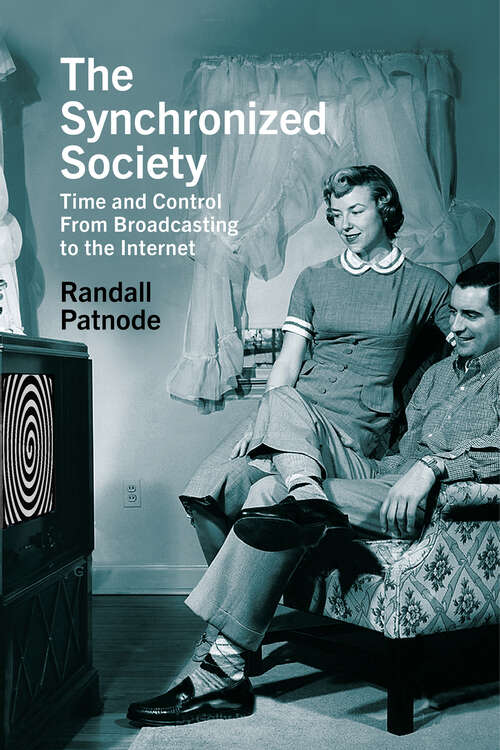The Synchronized Society: Time and Control From Broadcasting to the Internet
By:
Sign Up Now!
Already a Member? Log In
You must be logged into Bookshare to access this title.
Learn about membership options,
or view our freely available titles.
- Synopsis
- The Synchronized Society traces the history of the synchronous broadcast experience of the twentieth century and the transition to the asynchronous media that dominate today. Broadcasting grew out of the latent desire by nineteenth-century industrialists, political thinkers, and social reformers to tame an unruly society by controlling how people used their time. The idea manifested itself in the form of the broadcast schedule, a managed flow of information and entertainment that required audiences to be in a particular place – usually the home – at a particular time and helped to create “water cooler” moments, as audiences reflected on their shared media texts. Audiences began disconnecting from the broadcast schedule at the end of the twentieth century, but promoters of social media and television services still kept audiences under control, replacing the schedule with surveillance of media use. Author Randall Patnode offers compelling new insights into the intermingled roles of broadcasting and industrial/post-industrial work and how Americans spend their time.
- Copyright:
- 2023
Book Details
- Book Quality:
- Publisher Quality
- Book Size:
- 252 Pages
- ISBN-13:
- 9781978820111
- Related ISBNs:
- 9781978820098, 9781978820104
- Publisher:
- Rutgers University Press
- Date of Addition:
- 03/17/23
- Copyrighted By:
- Randall Patnode
- Adult content:
- No
- Language:
- English
- Has Image Descriptions:
- No
- Categories:
- History, Nonfiction, Art and Architecture, Business and Finance, Social Studies, Communication, Politics and Government
- Grade Levels:
- College Freshman
- Reading Age:
- 18 and up
- Submitted By:
- Bookshare Staff
- Usage Restrictions:
- This is a copyrighted book.
Reviews
Other Books
- by Randall Patnode
- in History
- in Nonfiction
- in Art and Architecture
- in Business and Finance
- in Social Studies
- in Communication
- in Politics and Government
